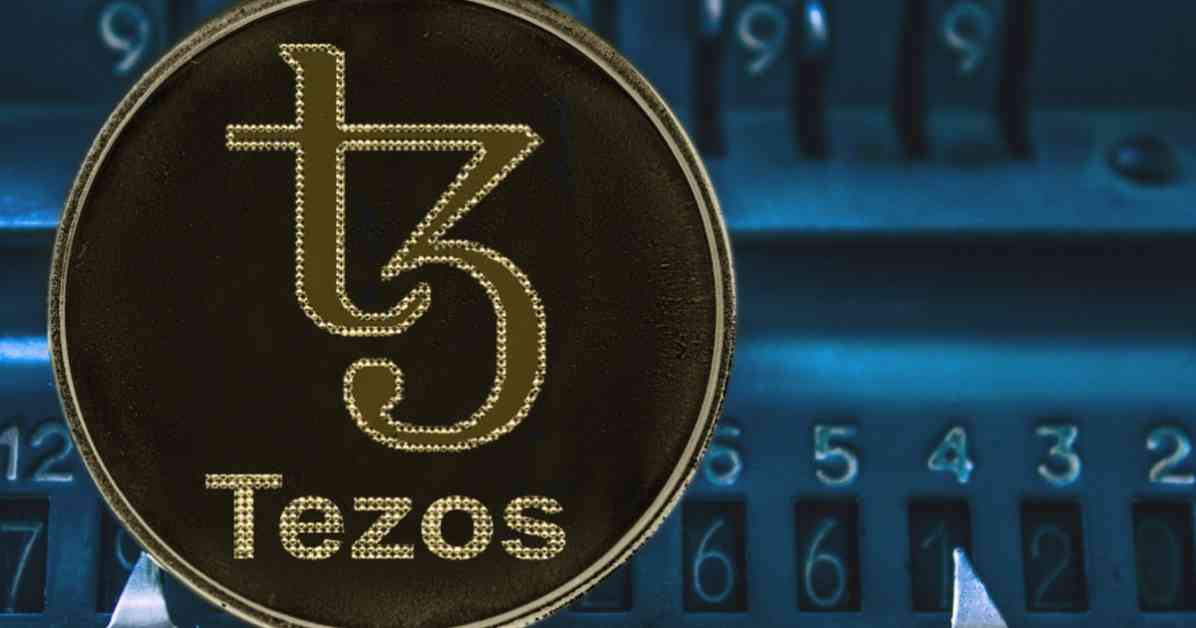Tezos is gearing up for a major transformation with the unveiling of Etherlink’s Calypso upgrade. This upgrade, the third protocol proposal from Etherlink, is poised to revolutionize the performance of the Tezos blockchain while seamlessly integrating with the existing governance structure. The Calypso upgrade is not just a technical enhancement but a strategic move to propel Tezos into a new era of efficiency and reliability.
Performance Enhancements and Storage Optimization
One of the key highlights of the Calypso upgrade is its focus on boosting network performance. The upgrade promises to deliver up to 30 times faster smart contract storage, akin to the leap from a traditional hard drive to a high-speed SSD. This improvement will not only expedite data loads but also enhance the overall performance of decentralized applications (dApps) that rely on swift storage access. By leveraging Virtual Machine (VM) caching, Calypso optimizes operations to ensure a faster and more efficient experience for users.
Moreover, Calypso introduces smarter storage management by reducing the storage requirements on full Rollup Nodes. By only retaining the latest block while maintaining access to the full block history through Octez EVM Nodes, the upgrade streamlines operations without compromising data accessibility. This approach paves the way for a leaner and more efficient system that can handle the demands of a growing network.
Streamlined Bridge and Governance Alignment
In addition to performance enhancements, the Calypso upgrade aims to streamline the bridge between Etherlink and Tezos Layer 1 (L1). Transferring tez back to L1 can currently be cumbersome, but Calypso introduces a new precompiled contract entrypoint to simplify this process. This enhancement is expected to alleviate congestion and improve transaction flow, aligning with the evolution of the FA token bridge.
Furthermore, Calypso includes governance updates to align with Tezos L1’s recent Quebec upgrade, which reduced block times to eight seconds. By updating governance contracts, Etherlink ensures that voting, security, and decision-making processes remain efficient and synchronized with Tezos L1. These governance enhancements are crucial for maintaining the integrity and stability of the network as it continues to evolve.
Enhanced Reliability and Future Outlook
Reliability is a fundamental aspect of the Calypso upgrade, with improvements to Etherlink’s kernel designed to enhance system resilience. By using events to notify the sequencer of delayed transaction flushes, the upgrade mitigates downtime risks and ensures a more robust system overall. These reliability enhancements contribute to a smoother user experience and bolster the overall stability of the network.
The continuous infrastructural upgrades implemented by Etherlink in recent months have laid a solid foundation for the Calypso upgrade. With Calypso already live on the Etherlink Testnet, the mainnet implementation hinges on the approval of Tezos L1 bakers, who are integral to the governance and decision-making process. This collaborative approach underscores the commitment to community involvement and consensus-building within the Tezos ecosystem.
A Non-Disruptive Evolution and Community Engagement
The Calypso upgrade exemplifies a seamless and non-disruptive approach to blockchain evolution, avoiding the chaos often associated with hard forks. This strategy not only highlights the robust governance framework of Tezos but also ensures a smooth transition for users and developers alike. To engage with the technical details and participate in the governance process, Tezos bakers are encouraged to cast their votes on February 24, 2025. Stay informed about the latest developments through Etherlink’s Discord channel and social media platforms to be part of the exciting journey ahead.














